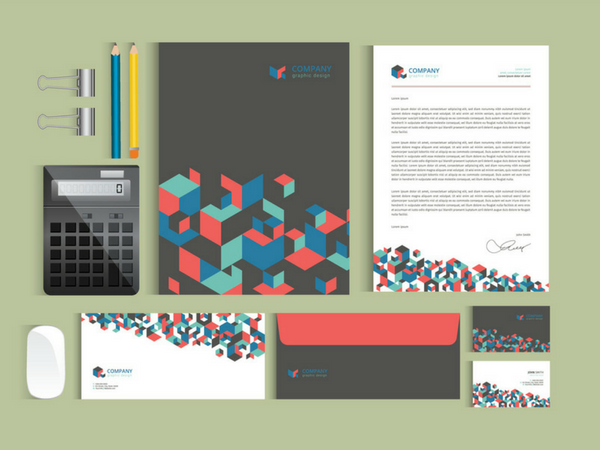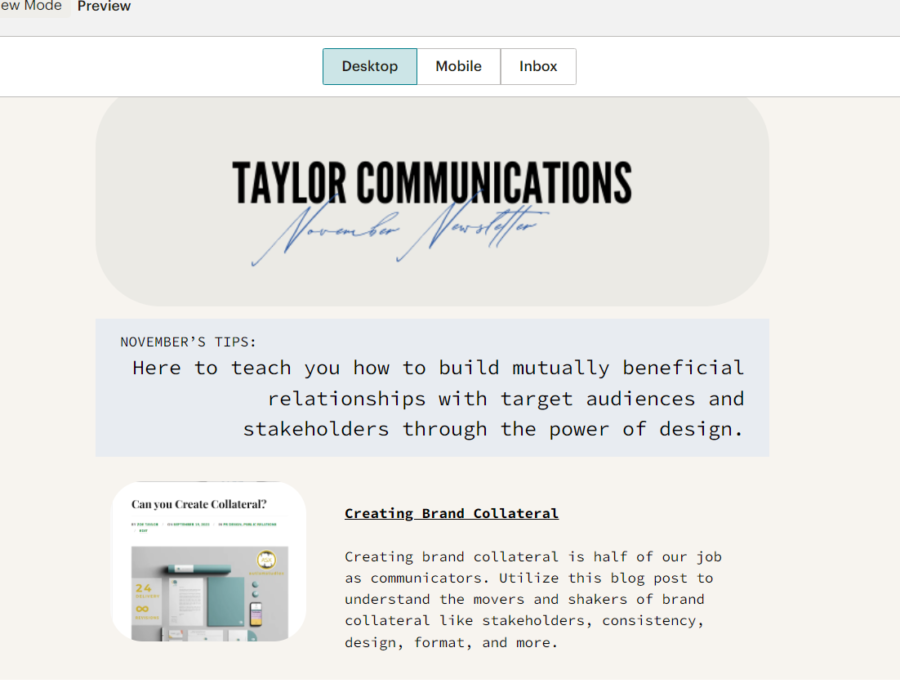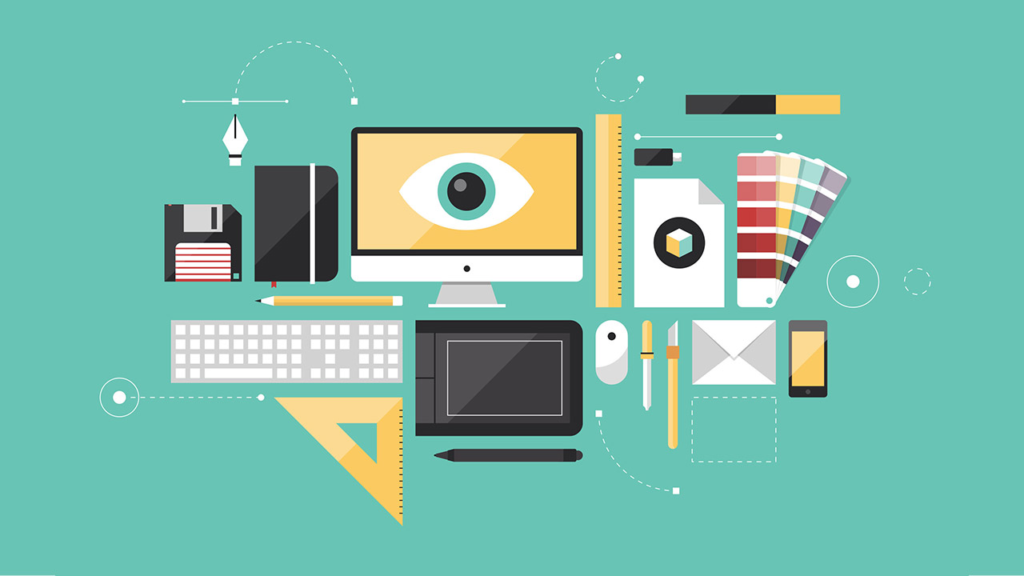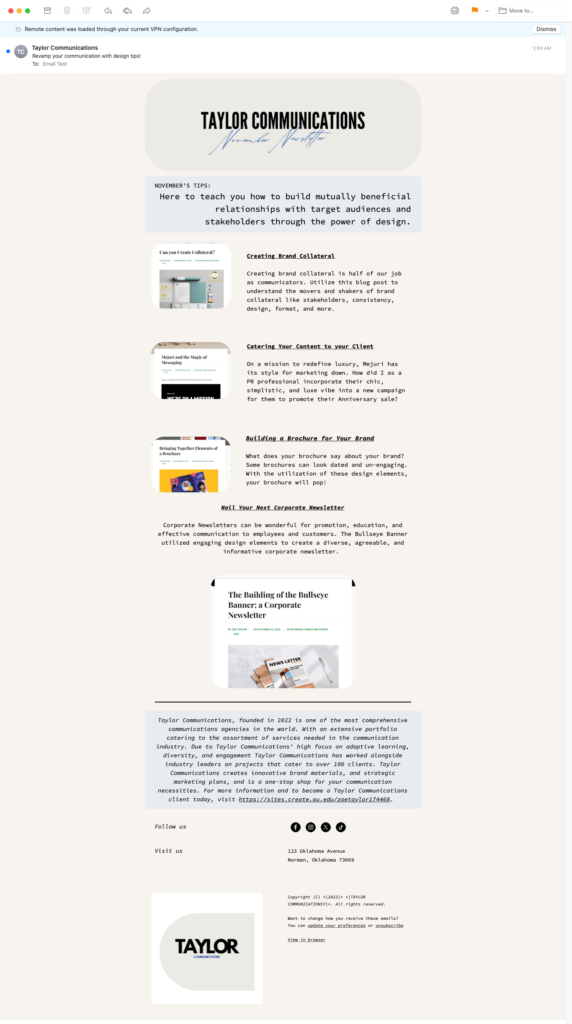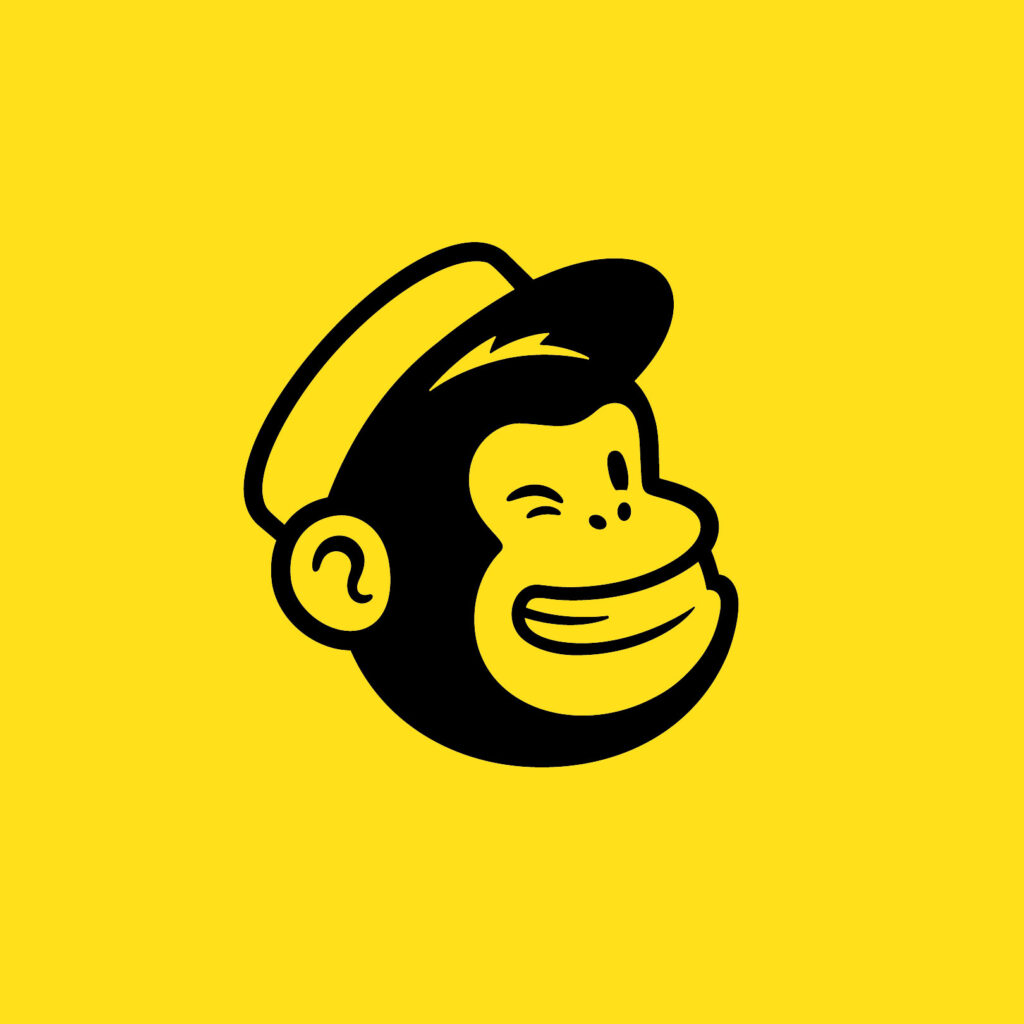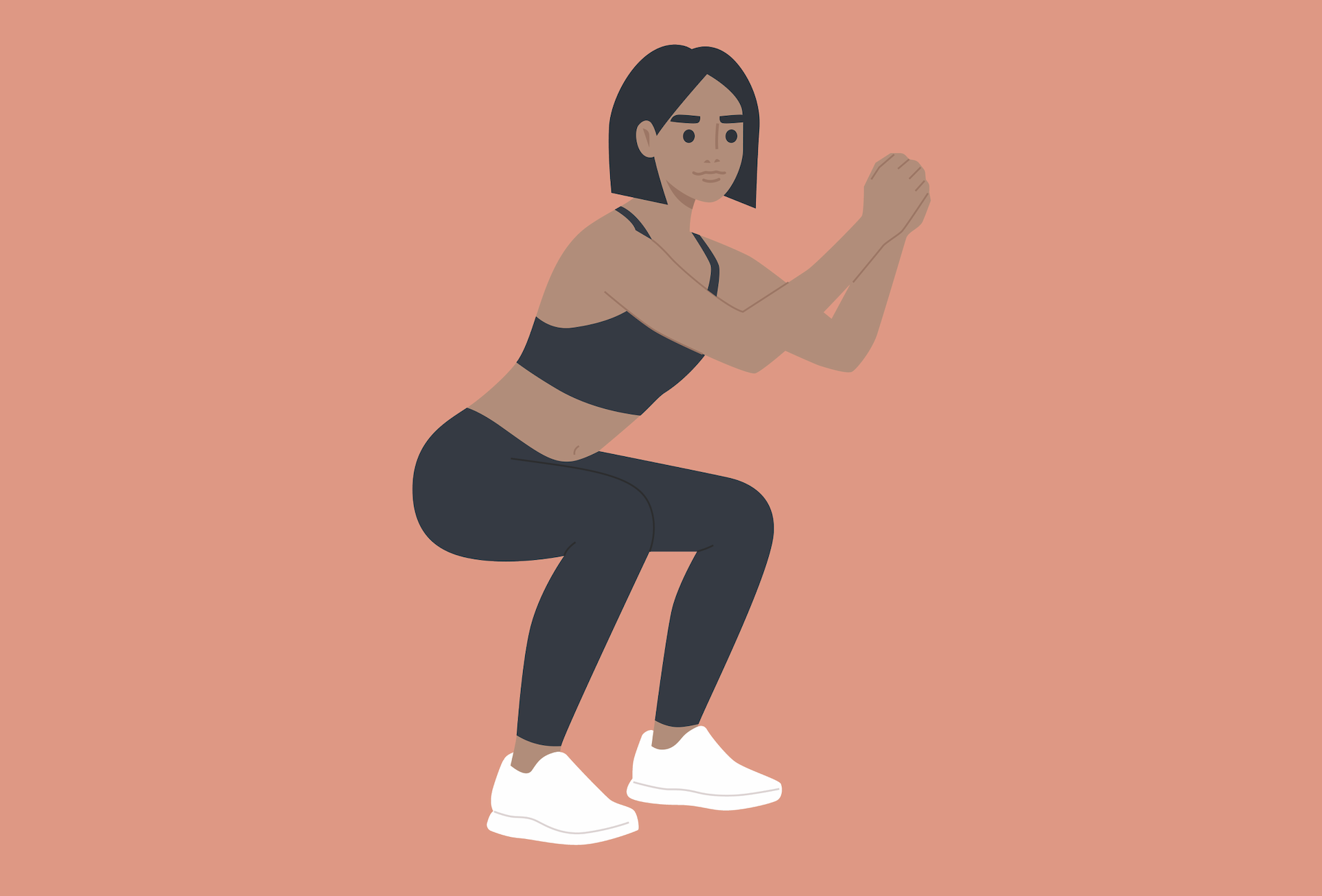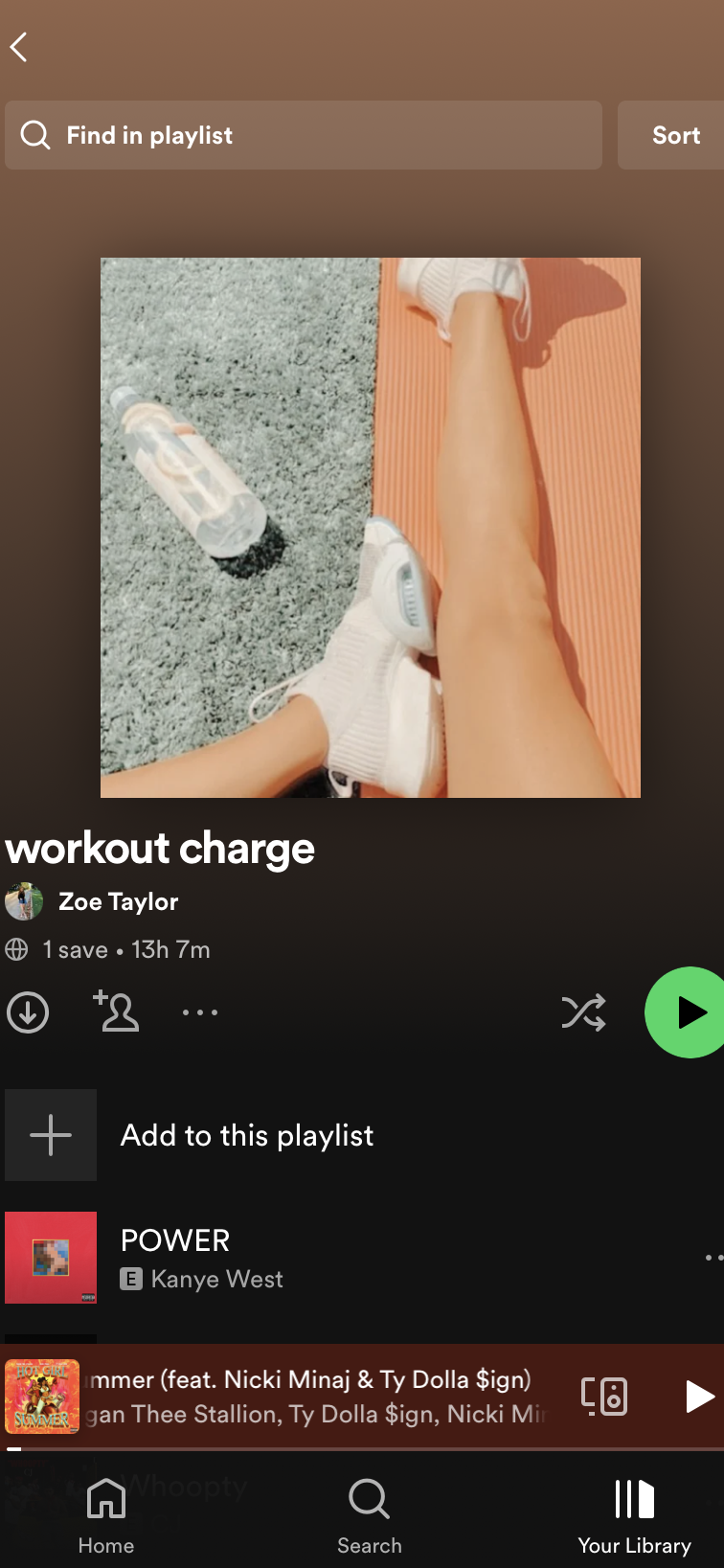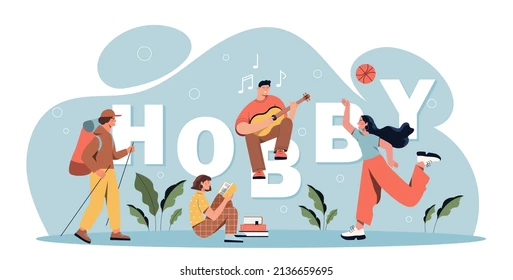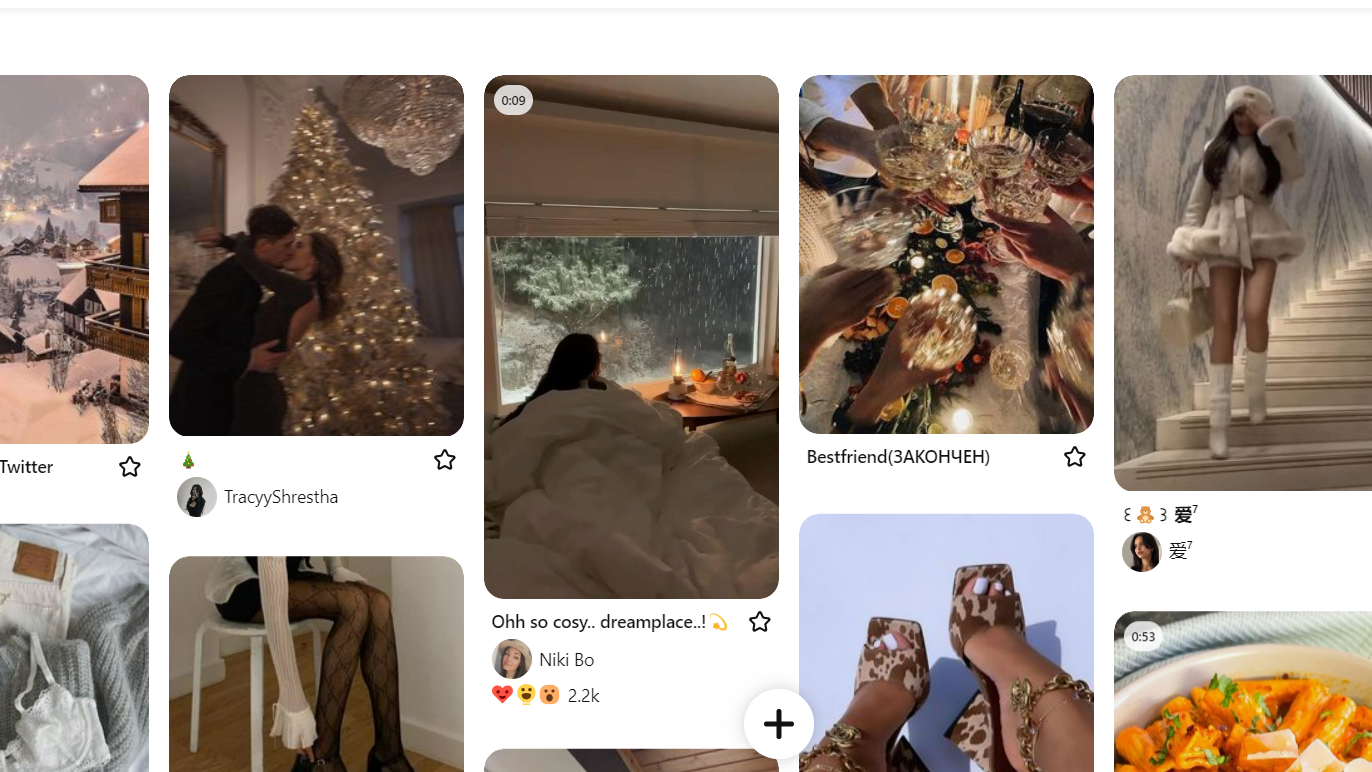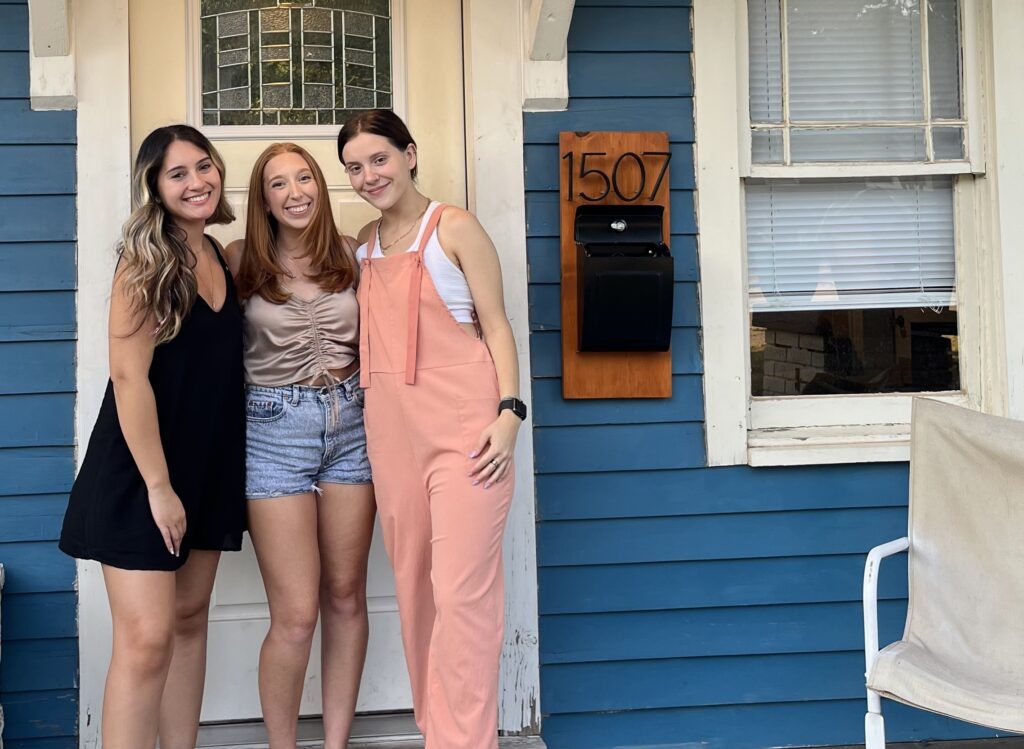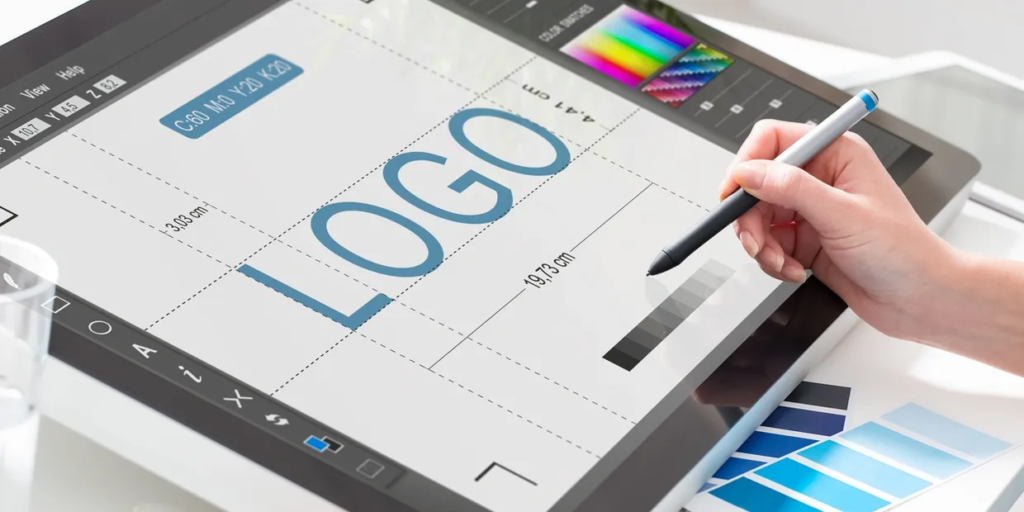
The Importance and Utilization of PR Design
PR Design is a wonderful way to engage your audience visually and draw attention to your brand. Combining public relations with creative elements allows for the integration of brand messaging formatted for a new digital world. Considering many social matter platforms are visually based, or picture-sharing apps, it is important to format our messaging for these platforms.
Ways I Learned More about PR Design
PLATFORMS
Throughout my time as a PR Design student, I felt it was crucial to introduce PR design to anyone by starting with platforms first. I first started with Adobe Indesign, which took a lot of trial and error.
From margins, columns and the selection tool; all of it felt like a big confusing mess at first. You must take it slow and stay calm! I recommend watching tutorials and using the Adobe Learn feature.
Indesign is great for the majority of PR design projects and allows you to customize as much as you need. By the end of every project I used InDesign on, I felt like I started to like it more and more.

Adobe Photoshop is similar to Indesign as they both were difficult at first. Photoshop is more catered towards trying to retouch and edit specific photos, not specifically for layout.

Canva was a great beginner-friendly platform that I feel like is optimal for social media, and quick projects like headers, and logos.

DESIGN ELEMENTS
There are a few key rules that I picked up as I created my designs.
1.) Golden Rule of Three
According to Interaction-design.org, the rule can be followed “You place a simple grid overlay (divided equally into thirds, both horizontally and vertically) on the space to be used for the design.”
2.) Keep it Consistent!
According to BlackIllustrations.com, “When your brand is consistent in its design approach, users will recognize and remember it more easily. Consistency also helps to create a sense of trust with your audience.”
3.) Choose a Layout that Keeps Reader’s Eyes Engaged
For this rule, I chose several different types of layouts from a wonderful resource to show you! My favorite layout was the Z layout, as I felt it drew the reader’s eyes the most efficiently!
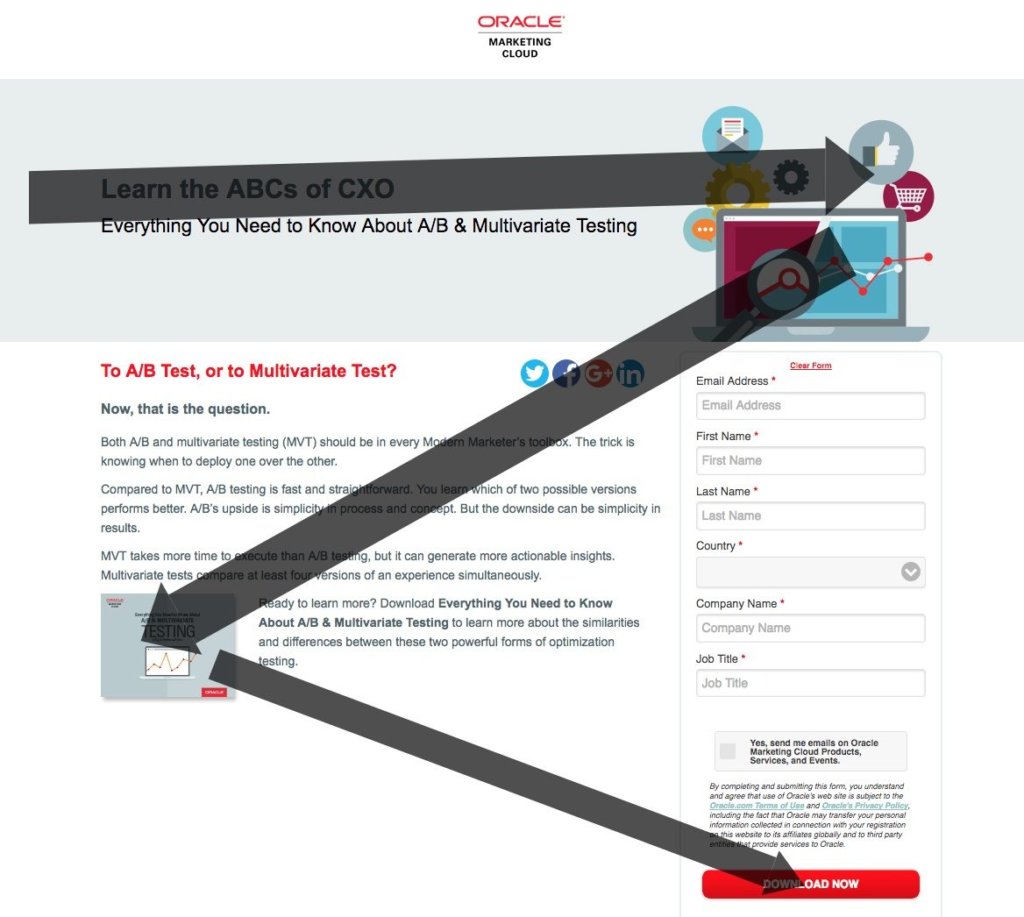
AUDIENCES
As discussed in my previous blog posts, Mejuri and the Magic of Marketing & Staking in Your Stakeholders, we touched on how crucial it is to cater your design to your target audience.
We know as designers that what may appeal to Gen-Z may not appeal to the baby boomer generation based on culture, exposure, and technology usage.
There have been many instances where brands have not aligned their spokesperson, or designs to their brand’s audience and have received major backlash. Keeping in mind your audience allows for a better two-way communication channel, and makes your audience feel seen!
For example, if you start watching the Great British Baking Show and they have a collaboration with a Monster Truck brand, you’d be confused and feel like there wasn’t much thought to that choice.
Recap
All in all, combining all of these elements has made my process of designing much more organized, and efficient. I think that learning different elements of design is crucial to ensuring your design achieves the goals you want. Combining design with PR requires research and background information to connect your designs with your audiences, and make sure your messaging fits those audiences.
Remember! It is super important to continue to practice and experience new platforms, layouts, and elements of design before you get a finished product. Make sure to make your design process fun, and you’ll see a better product in the end.


